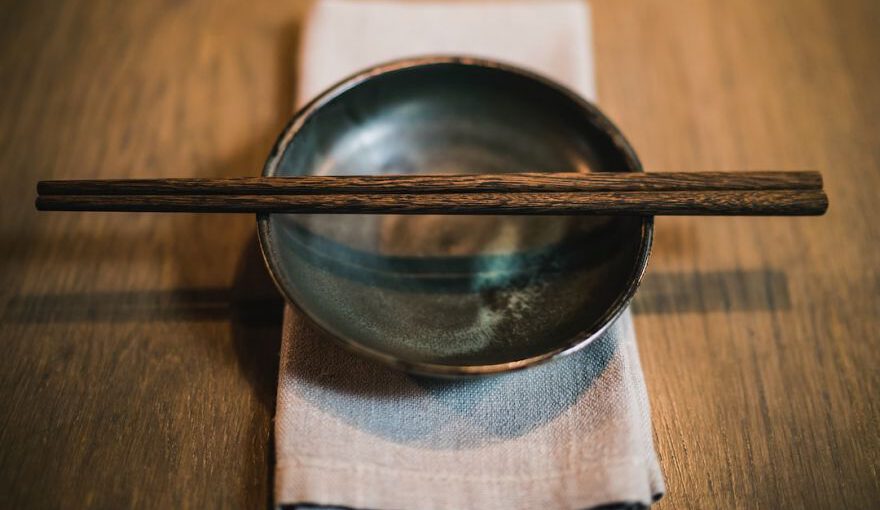When it comes to dining in Japan, using chopsticks is a must. These thin, elongated utensils hold a significant cultural value and are an integral part of the Japanese dining experience. If you’re planning a trip to Japan or simply want to enhance your chopstick skills, this article will guide you through the art of using chopsticks in Japan.
First and foremost, it’s important to understand the proper way to hold chopsticks. Unlike Western utensils, chopsticks are held towards the top, closer to their thin ends. To start, place one chopstick between your thumb and your index finger, much like holding a pencil. The other chopstick rests on the middle finger, allowing it to move up and down to control the top chopstick. Practice this grip until it feels comfortable and secure.
Now that you have mastered the basics of holding chopsticks, it’s time to delve into the intricacies of using them effectively. One common mistake is using chopsticks to stab or pierce food, similar to a fork. In Japan, chopsticks are primarily used for picking up and transferring food from the plate to your mouth. Instead of stabbing, try using a gentle pinching motion to grasp the food between the chopsticks. Remember, practice makes perfect, so be patient with yourself as you develop this skill.
Another important aspect of using chopsticks in Japan is the concept of “hashi-watashi,” or passing food with chopsticks. It is considered impolite to directly transfer food from your chopsticks to another person’s chopsticks. Instead, use communal serving utensils or separate the food onto your own plate before eating it. This practice is rooted in Japanese dining etiquette and shows respect for others at the table.
When dining in Japan, there may be certain customs and rules specific to each meal. For example, it’s customary to not point the tips of your chopsticks directly at others, as this gesture is seen as impolite. Additionally, it’s important to avoid crossing your chopsticks or leaving them sticking upright in a bowl of rice, as both actions are associated with funerals. By being mindful of these customs, you can ensure a smooth and respectful dining experience.
As you continue to use chopsticks in Japan, you’ll likely encounter various types of food that require different techniques. Some dishes, such as sushi or sashimi, may be easier to pick up with chopsticks due to their bite-sized nature. On the other hand, larger food items like noodles or vegetables may require a different approach. Don’t be afraid to experiment and adapt your chopstick techniques to suit each dish.
Lastly, don’t forget to enjoy the process of using chopsticks. Although it may seem challenging at first, using chopsticks can be a fun and rewarding experience. Embrace the opportunity to immerse yourself in Japanese culture and appreciate the artistry of this traditional utensil.
In conclusion, mastering the art of using chopsticks in Japan is a skill that can greatly enhance your dining experience. By understanding the proper way to hold chopsticks, practicing the pinching motion, and being aware of dining customs, you’ll be well-equipped to navigate the world of Japanese cuisine. So go ahead, grab a pair of chopsticks, and embark on a culinary adventure in Japan!





